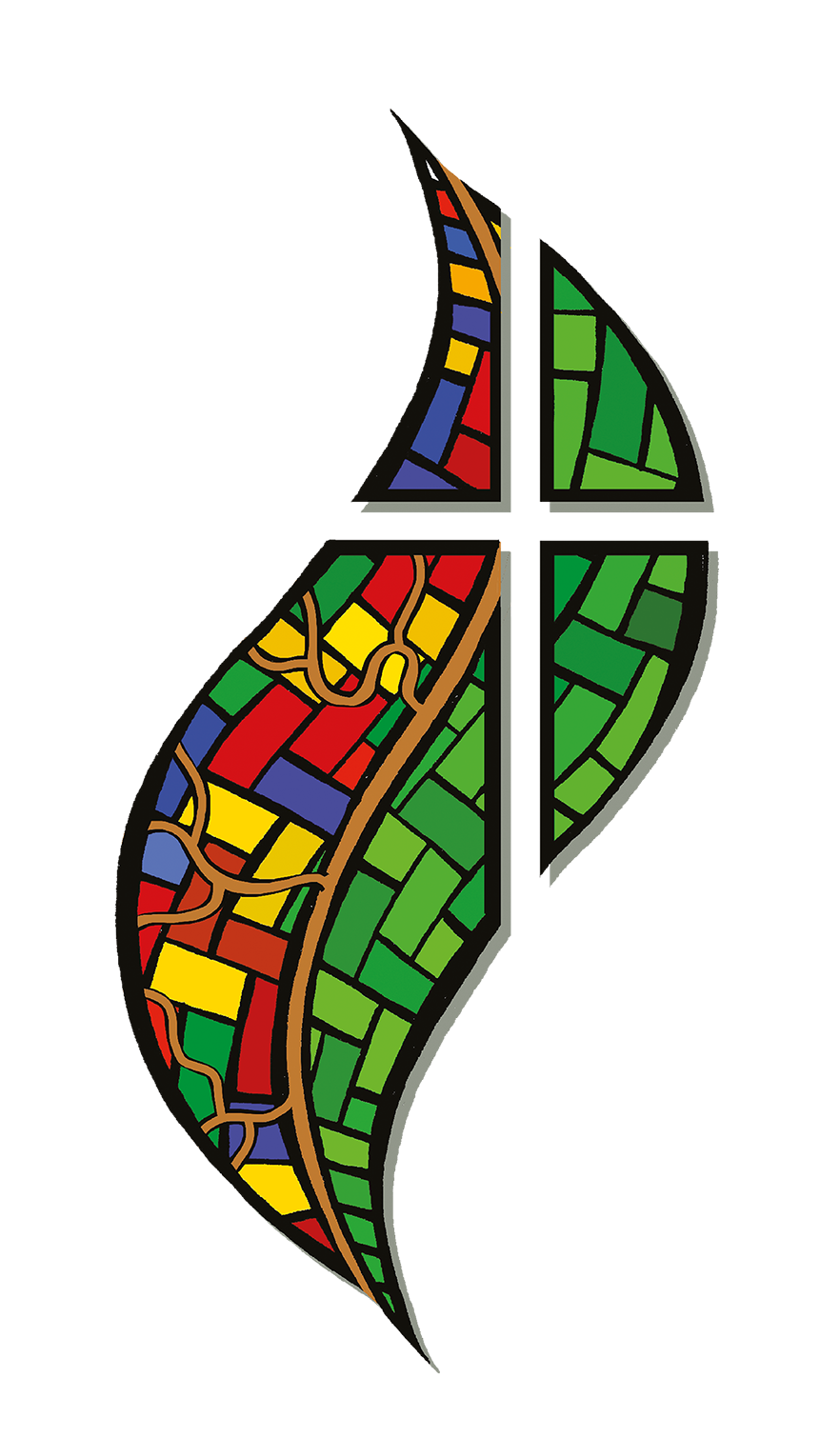The Amazon in Bolivia

The Amazon in Bolivia.
Bolivia, which declares its independence in 1825, has a territory of 1,098,581 km2, geographically divided into 9 departments (Chuquisaca, Cochabamba, Tarija, La Paz, Santa Cruz, Potosí, Oruro, Pando and Beni). The current population is 10,027,254 inhabitants (2012 Census); the languages recognized by the Political Constitution of the State correspond to 36 nationalities and Indigenous Peoples Farmer workers, it recognizes itself as a plurinational and intercultural country. Bolivia's income comes from economic activity, mainly extractivist; in first order, hydrocarbons and minerals, agriculture, wood, livestock and other in smaller scale.
The Bolivian Amazon constitutes 43% of the national territory, if we take into account the ecological criterion or biome, which is equal to the coverage of the forest; it covers the departments of Pando, Beni, Cochabamba, Santa Cruz and La Paz, in a total of 88 municipalities. On the other hand, and according to information provided by the six (6) ecclesiastical jurisdictions of the Bolivian Amazonia, we know that it is populated by 1'266.379 inhabitants, composed of indigenous people, farmers, intercultural (settlers) and Afro-descendants.
Currently in the territory of the Bolivian Amazonia there are a total of twenty-nine (29) indigenous peoples: Araonas, Ayoreos, Baures, Cavineños, Cayubabas, Canichanas, Chacobos, Chiquitanos, Ese Ejjas, Guarayos, Guarasugwe, Itonamas, Joaquinianos, Lecos, Machineris, Maropas, Moré, Mosetenes, Movimas, Moxeños, Nahuas, Pacahuaras, Sirionós, Tacanas, Toromonas, Tsimane, Yaminahuas, Yukis and Yuracares, not including the Afro-Bolivians. Their main living activities are: hunting, fishing, gathering, and small crops in their fields. They produce bananas, yucca, vegetables, rice, corn, mainly for family subsistence. The main access roads that connect the territories of the indigenous populations go from Trinidad to the intermediate populations; Trinidad - La Paz to the east; Trinidad - Cobija to the north; Riberalta - Guayaramerín; Trinidad - Santa Cruz to the south. The indigenous populations are not always connected by road or between communities, they are only passable in the dry season. The only safe channels of communication are the rivers (Mamoré, Beni, Madre de Dios, among others).
Just as the Amazon is a huge space for life, now days it is also a scenario of permanent disputes over the use of the goods and resources it contains. The activities that mostly contribute to the degradation of the Amazon are the irrational exploitation of natural resources, mainly to feed external demand of prime materials. The permanent of tree logging, the burning of crops, expansion of the agricultural frontier, road projects and illegal settlements in parks, reserves and indigenous territories, worsen the effects caused by climate change.
Although the Political Constitution of the State guarantees the rights of indigenous peoples and protects natural resources, in practice these mandates are not fulfilled; in recent years, norms and procedures have been promulgated that make possible the construction of megaprojects, allowing the exploration and exploitation of hydrocarbons and mining. These activities contaminate the land and waters of the rivers where traditionally the indigenous populations collect and fish their food.
The Pan-Amazonian Ecclesial Network "REPAM", promoted by the Bishops of the Latin American Catholic Church, is made up of the nine (9) countries with presence in the Amazon biome, these are: Bolivia, Brazil, Colombia, Ecuador, Guyana, French Guiana , Peru, Suriname and Venezuela. Meanwhile the Bolivian Amazon Ecclesial Network, REPAM - Bolivia, has 9 ecclesiastical Jurisdictions: Dioceses of Coroico and San Ignacio de Velasco, Vicariates of Pando, Beni, Ñuflo de Chávez, Reyes, Prelature of Aiquile, Archdiocese of Cochabamba and Santa Cruz ; of the departments of La Paz, Santa Cruz, Beni and Pando, each of the jurisdictions has a delegate appointed by the Bishop.
***
The content presented here has the sole purpose of offering an informative subsidy. Therefore, the present text has no official character.




